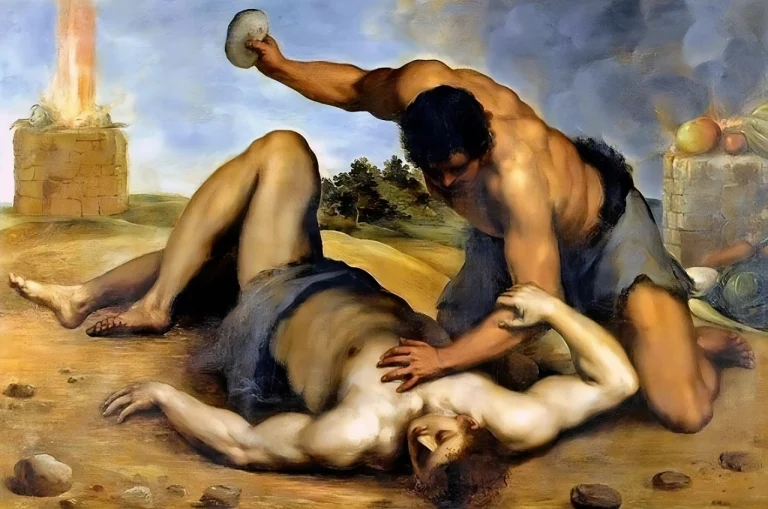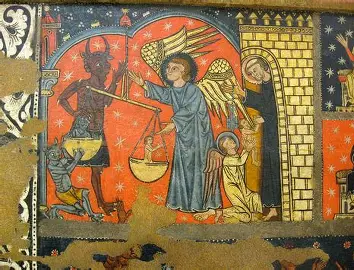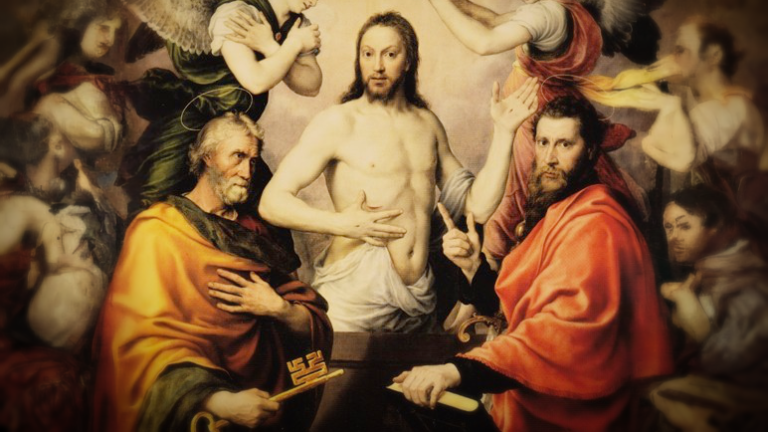Slaughter was the first method used to keep people off the street. Wholesale slaughter eliminates all sorts of enemies, both foreign and domestic. And, it scares survivors into obedience. It also reduces the number of people who have to be fed and housed by inefficient systems. Slaughter became unpopular as it was discovered that it loses the income opportunities that slavery provides.
More enlightened countries learned to kill those who might cause trouble, and sell the rest into slavery. Slave sales would often generate enough income to pay for the war that captured them, so slavery became institutionalized in the more modern countries of the ancient world. Slaves, however, tended to hang out on the streets in their free time. Often, they would revolt. The amount of money spent on internal security to keep slaves from rebellion soon soaked up much of the profits that slaves generated.
More dangerous to established systems, slaves could be promised “freedom” by various radical egomaniacs who wanted to take over the functions of street control, because every element street control is especially pleasing to the vain. Established street controllers knew that slaves could be relied upon to support any radical group that encouraged their freedom. People who say “I think the slaves should be free!” sometimes get into power. They end up killing many more than the street-controllers they replace would have dreamed of slaughtering.
Today, all modern governments solemnly announce that they have “freed” their people. Then, they tax their pants off. In order to get money, or have a safe place to live outside the hellholes of public housing, people are forced to engage in taxable activities, which keeps them too busy to make trouble.
A problem with keeping people off the streets by having them make things arose when making things became increasingly automated. Automated production replaced millions of workers with thousands of machines. Early industrialists, for instance, automated fabric production and assembly. As soon as a nation could automate its fabric production, it put large numbers of people in cottage industries out of work. Many unemployed cottage workers were put in uniforms (made by automated fabric production methods) and sent to invade other countries whose backward means of production kept hundreds of thousands of people off the front lines, doing what a few dozen machines could do better. The British Empire was built at the points of bayonets carried bravely into battle by soldiers whose livelihoods had been destroyed by automating production in metal, wood, fabric, and food.
The biggest advances in mining, smelting, refining, and metal work replaced millions of village smithies who worked with gold, silver, tin, and iron. Soon, one or two big mills could turn out what thousands of little operations had been producing. The “newly unneeded” had no jobs, no prospects, and no hope. As long as teamsters could be replaced with truck drivers and truck makers, and as long as farmers made unemployed by agricultural machinery could find factory jobs, and as long as unemployed bakers (The National Biscuit Company put countless small bakeries out of business) could find jobs in other places, people were too busy looking for work to make trouble. They didn’t even mind the slow, steady erosion of their assets by ever-higher taxes.








